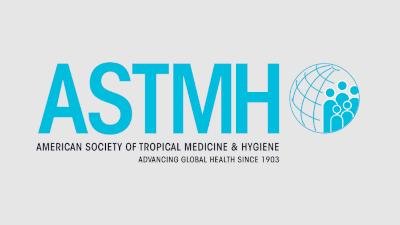In Central America, the burden of diarrheal disease among children under 5 years of age decreased by more than 80% between 1990 and 2010.1 Despite this success, the regional burden of diarrhea remains substantial. It is estimated that, in 2010, diarrhea caused 3,322 disability-adjusted life years and 29.7 deaths per 100,000 among children under 5 years of age in the region.1,2 Socioeconomic inequalities can lead to disparities in access to affordable health care, basic water and sanitation infrastructure, and maternal education, all of which may impact the health status of children.3 With a high level of socioeconomic inequality, indicated by a regional mean Gini coefficient of 49 in 2010,4 it should be no surprise that poor and indigenous communities in Mesoamerica bear a disproportionate health burden.
Most diarrheal deaths are due to dehydration,6,7 and more than 90% of them can be prevented with use of oral rehydration solution (ORS).8However, despite the overwhelming evidence of its life-saving ability,9 use of ORS has plateaued globally.6 Similarly, despite consistent evidence that it reduces stool frequency, diarrhea duration, and diarrhea recurrence,10–12 zinc supplementation during and after diarrhea episodes is thought to be rare.
The World Health Organization and the United Nations Children's Fund (UNICEF) created evidence-based recommendations regarding diarrhea treatment.7 Chief among them was the recommendation to give low-osmolarity ORS to prevent and treat dehydration in diarrheal patients and to give zinc supplements for 10–14 days to all children with diarrhea. The manual also recommended the continued feeding of children during and after illness. Equally important, the manual proscribed the use of antimotility medications in children and recommended against the routine use of antibiotics, except in cases of bloody diarrhea or severe dehydration caused by suspected cholera.
Our objective was to estimate the 2-week point prevalence of diarrhea among children under 5 years of age using population-based household survey data for the poorest quintile of families living in Guatemala, Mexico (Chiapas), Nicaragua, Panama, and El Salvador. We also sought to compare actual diarrhea treatment modalities with evidence-based guidelines and to identify diarrheal risk factors.
